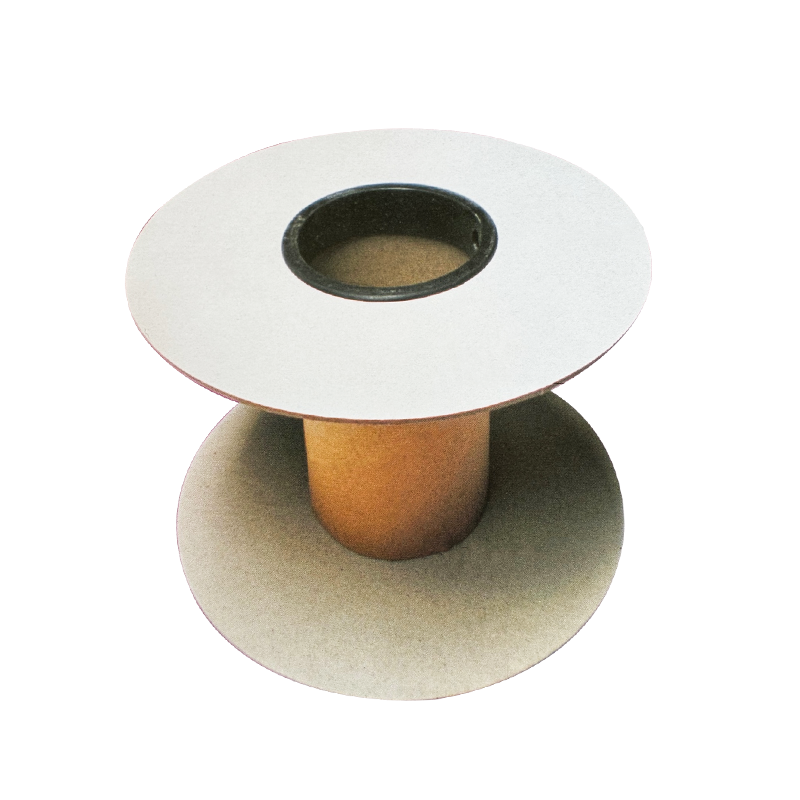May 30, 2025
In an industry long dominated by wood and plastic, a quiet revolution is unfolding. The rise of the paper cable reel—a lightweight, eco-friendly, and cost-effective alternative—is not just a trend, but a paradigm shift in the way cables are packaged, transported, and deployed.
The Functional Elegance of Paper
At first glance, the idea of a paper-based reel might seem counterintuitive. How could something so seemingly fragile support the dense, coiled weight of industrial cable? The answer lies in the engineering. Paper cable reels are not crafted from ordinary paper—they’re built using highly compressed, laminated fiberboard, designed to deliver formidable strength without the environmental baggage of traditional materials. The result is a robust, load-bearing spool that performs under pressure.
More importantly, this innovation arrives at a time when industries are under intensifying scrutiny for their environmental impact. Paper reels, made from recycled and recyclable materials, present a compelling option. They reduce landfill burden, simplify disposal logistics, and sidestep the carbon-heavy production of wooden and plastic counterparts.
Light, Yet Unyielding
Weight is a silent cost. Transporting wooden reels increases freight charges, fuel consumption, and handling complexity. In contrast, paper reels offer a leaner, more agile solution. Their lighter mass reduces shipping expenses and lowers carbon emissions throughout the supply chain. For handlers and technicians, this also means faster deployment and safer maneuverability.
Yet, despite their lower weight, paper reels maintain structural integrity. They can accommodate cables used in telecommunications, fiber optics, and even low-voltage power applications. Whether used on the factory floor or in the field, they stand resilient against operational rigors.
Cost-Efficiency Without Compromise
The economics of the paper cable reel are equally persuasive. Manufacturers save not only on raw materials but also on energy consumption during fabrication. Paper requires less intensive processing than timber or polymers. This translates to reduced overheads—and, in many cases, shorter lead times.
Additionally, because paper reels are often single-use, they eliminate the need for reverse logistics. No retrieval. No restocking. No maintenance. This simplicity aligns with modern, fast-paced production environments where efficiency is non-negotiable.

Aesthetics Meet Utility
Beyond functionality, paper reels offer an unspoken benefit: branding. Their smooth surfaces serve as a blank canvas for custom printing—logos, safety instructions, handling guidelines. This transforms every spool into a vehicle for brand visibility and operational clarity.
Furthermore, paper doesn’t splinter, warp, or degrade in the same way wood does. It holds its form and appearance better, enhancing the professionalism of the final product delivery.
The Path Forward
Transitioning to paper cable reels is not merely a logistical upgrade—it’s a strategic move. Companies across manufacturing, telecommunications, and utilities are increasingly judged not only by the quality of their products, but by the sustainability of their practices. Paper reels offer a tangible, immediate way to meet environmental goals without sacrificing performance.
They symbolize more than just an alternative—they represent a shift in values. Toward efficiency. Toward responsibility. Toward innovation.
As supply chains become smarter and greener, the paper cable reel is poised to become the new industry standard. Not because it’s trendy, but because it’s simply better. Cleaner. Lighter. Smarter.
In a world seeking balance between industrial demands and ecological responsibility, the paper cable reel offers an elegant solution. It’s proof that innovation doesn't always mean adding complexity—it can also mean refining the simple. And in that simplicity lies power.